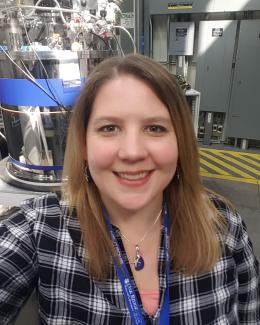Abstract
We have assessed the structural evolution and dispersoid coarsening behaviors of the oxide dispersion-strengthened superalloy MA754 during two different melt-based additive manufacturing techniques – metal laser powder bed fusion (PBF-LB/M) and directed energy deposition (DED). The mechanically alloyed MA754 powder posed challenges for both processes due to its irregular flaky morphology and large particle size. Successful consolidation with PBF-LB/M required increasing the layer height, decreasing the scanning speed, and increasing the laser power relative to typical Ni superalloy printing parameters. The resulting materials contained residual porosity and large Y-Al-oxide slag inclusions which formed in situ. The more prolonged thermal excursion during DED resulted in even larger, mm-scale slag inclusions, which spanned several build layers. In both PBF-LB/M and DED, these inclusions grew at the expense of nanoscale dispersoids, depleting the material of this strengthening phase. These observations motivate alternative approaches for preparing dispersion-strengthened powder feedstocks besides mechanical alloying and highlight the deleterious effects of Al microalloying on dispersoid stability and structure.


